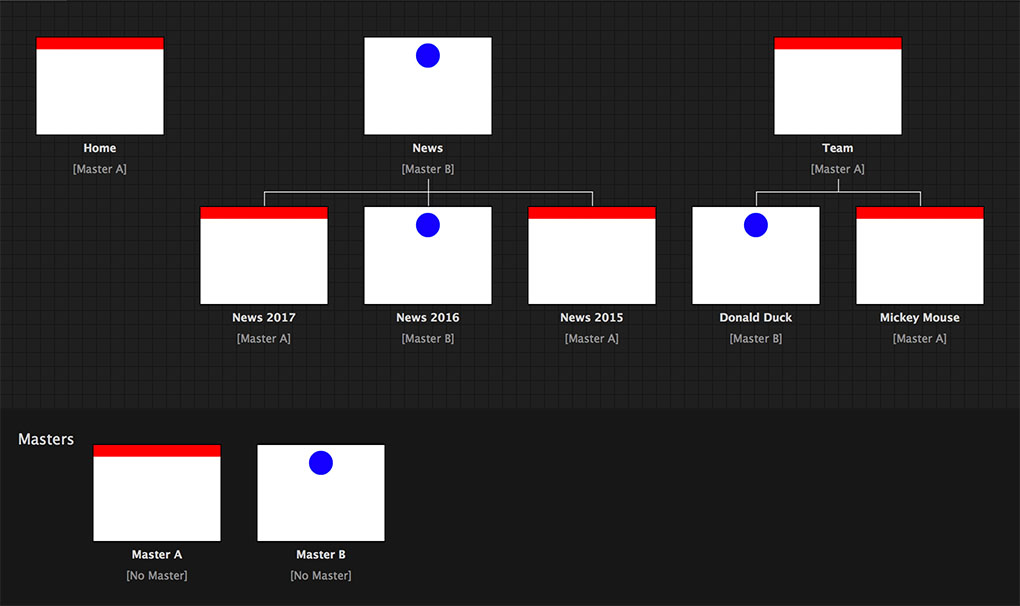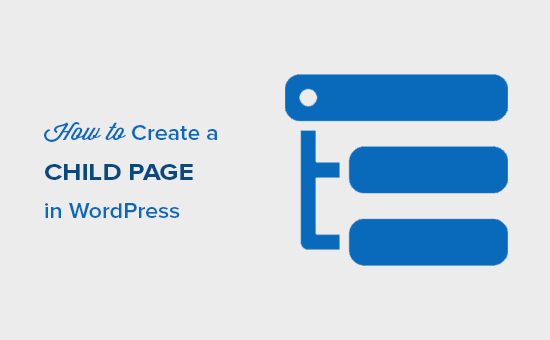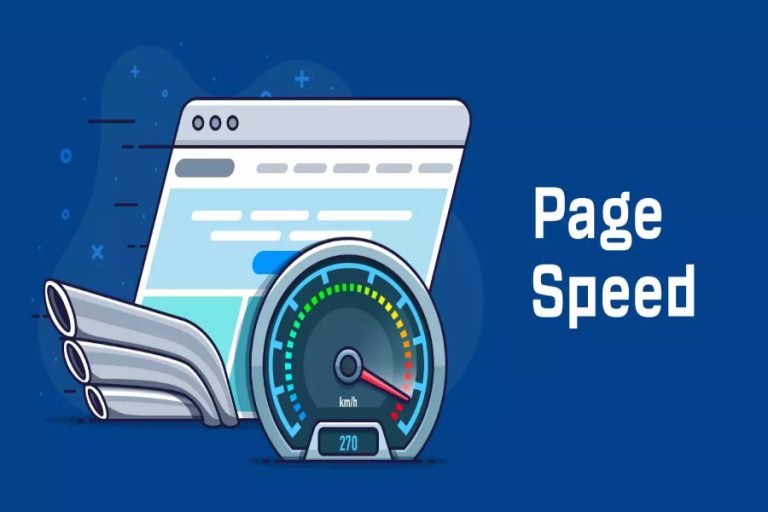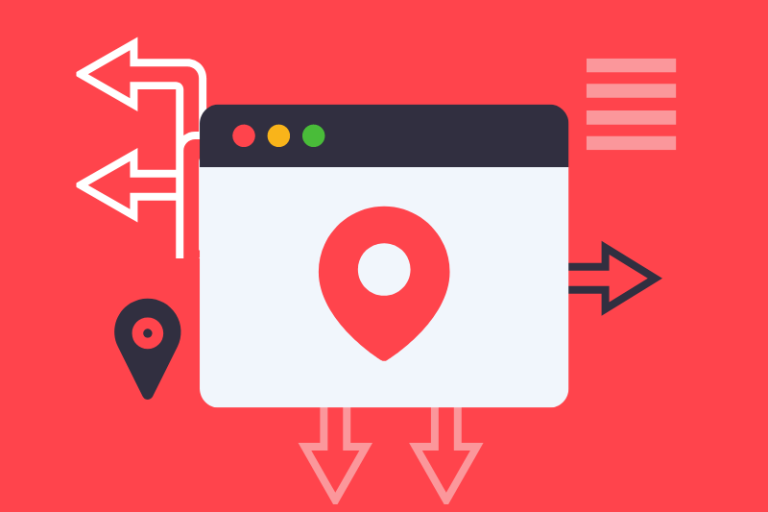What is a Child Page In WordPress & How to create it?
In this comprehensive guide, we delve into What is a Child Page in WordPress and How to Create Child page to enhance your website’s structure and navigation. We’ll demystify what child pages are and explore step-by-step instructions on creating them. Whether you’re a seasoned WordPress user or just starting out, understanding child pages and their creation process is crucial for organizing your content efficiently and improving user experience. Follow along as we unravel the mysteries of child pages and empower you to leverage this powerful feature in your WordPress website.
Table of Contents
What is a child page?
A child page in WordPress is a subordinate page that exists within a parent page, forming a hierarchical structure. It inherits attributes like theme settings and template files from its parent, but can have its own content and settings. Child pages are useful for organizing related content, creating subtopics, and improving website navigation. They appear as links or dropdown menu items under their parent page, facilitating easy access to nested content. By utilizing child pages effectively, website owners can maintain a well-organized site structure, enhance user experience, and streamline content management.

What are the benefits of child pages?
- Organizational Structure: Child pages help organize content into a hierarchical structure, making it easier for users to navigate and find relevant information.
- Improved SEO: Properly structured child pages can enhance SEO by creating a logical hierarchy that search engines can crawl and index effectively.
- Clear Site Navigation: Child pages can be displayed as dropdown menu items or links under their parent page, providing clear navigation paths for users.
- Content Management: Child pages inherit attributes from their parent page, simplifying content management and ensuring consistency in design and layout.
- Enhanced User Experience: By organizing content into related topics and subtopics, child pages can improve the overall user experience by making it easier for visitors to access and explore relevant information.
How to create a child page in wordpress
Creating a child page in WordPress involves a few simple steps. First, log in to your WordPress dashboard and navigate to the “Pages” section. Here, you’ll choose the parent page under which you want to create the child page. After selecting the parent page, click on “Add New” to create a new page. Enter the title and content for your child page in the editor.
Next, in the “Page Attributes” section on the right side of the page editor, you’ll find an option to set the parent page. Choose the parent page you selected earlier from the dropdown menu. This assigns the newly created page as a child of the selected parent page.
Once you’ve entered all the necessary information, click the “Publish” button to make your child page live on your website. Now, when visitors navigate to the parent page, they’ll see the child page listed under it. This hierarchical structure helps organize your content effectively and makes it easier for users to navigate through your website. With these simple steps, you can create child pages in WordPress and enhance the organization and usability of your site.

Choose 1REALTOUR for Web Design
1REALTOUR is your leading web design company in San Diego, offering innovative solutions tailored to your needs. With a focus on creativity and functionality, we craft stunning websites that captivate your audience. Our team of experts ensures your online presence stands out, driving traffic and boosting conversions. Whether you’re a small business or a large corporation, we provide personalized services to meet your goals. Choose 1REALTOUR for professional web design services that elevate your brand and exceed expectations. Experience the difference with our comprehensive approach to web design and development. Trust us to bring your vision to life and make your online presence unforgettable.
Conclusion
In conclusion, understanding the concept of child pages in WordPress and how to create them opens up a world of possibilities for website organization and navigation. By leveraging child pages effectively, you can create a hierarchical structure that enhances user experience and makes content management more manageable. With the step-by-step guide provided, you can confidently implement child pages into your WordPress website, unlocking their benefits and maximizing the potential of your online platform. Embrace this knowledge to streamline your website’s architecture, improve navigation, and ultimately, provide a better experience for your visitors. Take the initiative to master child pages and elevate your WordPress website to new heights.
Read More What is user engagement and how can you improve it?
FAQ’S
Why create child pages?
Child pages aid in organizing website content, enhancing navigation, and improving user experience on WordPress sites.
Can child pages have their own child pages?
Yes, child pages can further subdivide content hierarchy by having their own child pages.
Can child pages have different templates than their parent page?
Yes, child pages can have their own templates, allowing for customized layouts and designs within the same parent theme.







